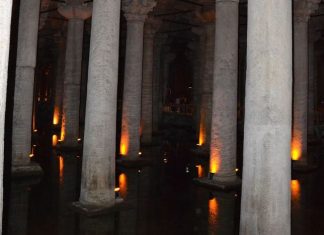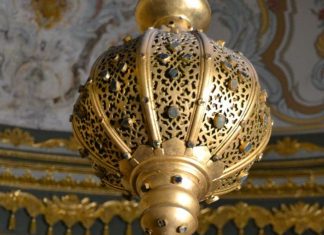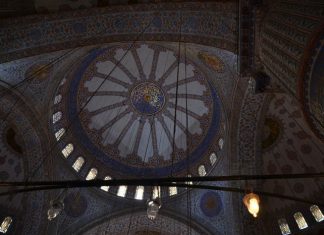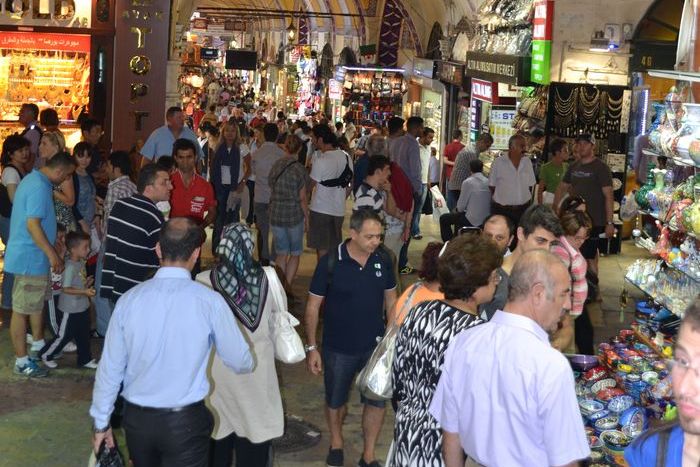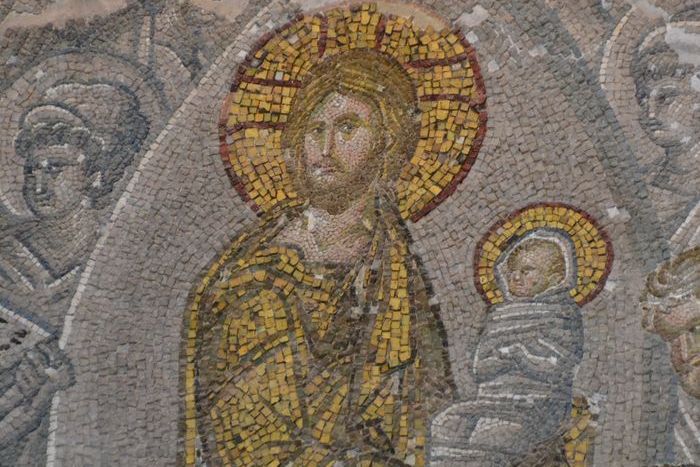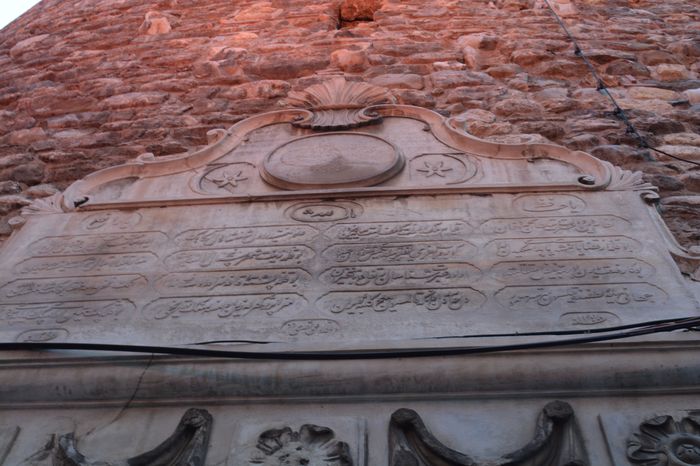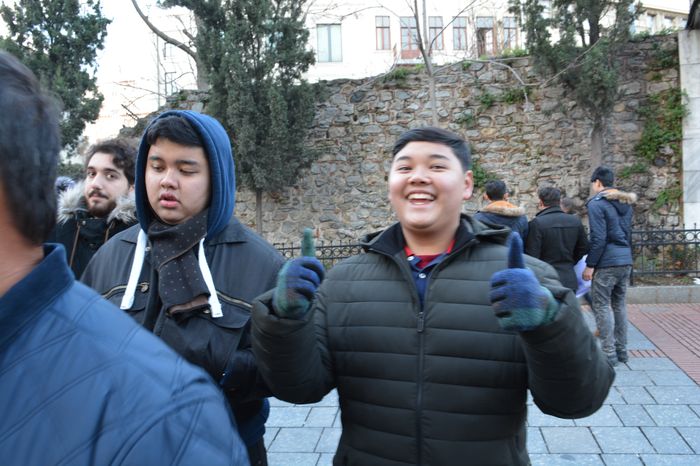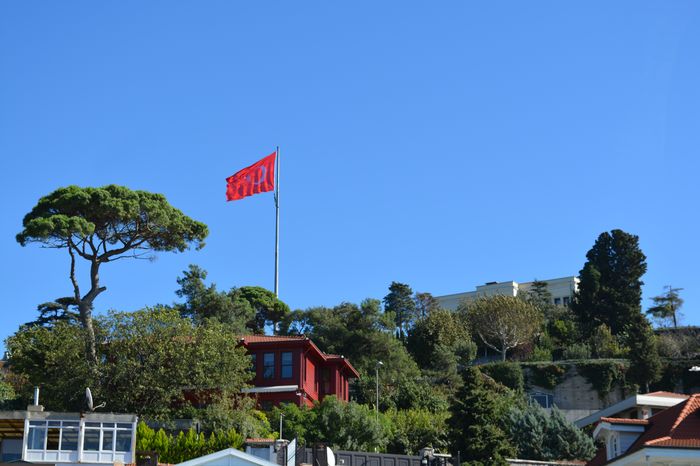City Walls of Istanbul A Symbol of Strength and History
Introduction to the City Walls
Stretching over a length of 103 kilometers, the city walls of Istanbul, also known as the Theodosian Walls, stand as...
The Studios Monastery
The Studios Monastery A Byzantine Treasure
Introduction and History
The Studios Monastery stands as a testament to Byzantine religious architecture, being the oldest surviving structure of...
Christian emperors of the fourth and fifth centuries
So we are approving here by these presents that it is permitted to replace the roof on the walls of your synagogue, and we...
Mediterranean docked
And then there is Theoderic’s tomb. Built just outside the city walls of Ravenna, close to the harbor where ships from Constantinople and elsewhere...
150 letters from Theoderic’s time
Yet we have nearly 150 letters from Theoderic’s time that profess to be from his own hand, and come at least from the hands...
Articular emperor aspired
These latter added their own quota of evil as fuel to the general conflagration fired by their ruler, and the result was nothing but...
Our Lady’s kindnesses in the past
When the emperor saw this beautiful sight (he was particularly reverent in his veneration for this ikon) he immediately took heart, and holding it...
Look their enemies in the eye
Here were those same men, who had brought a continent to terms, who in their preparations for war and in their military dispositions had...
